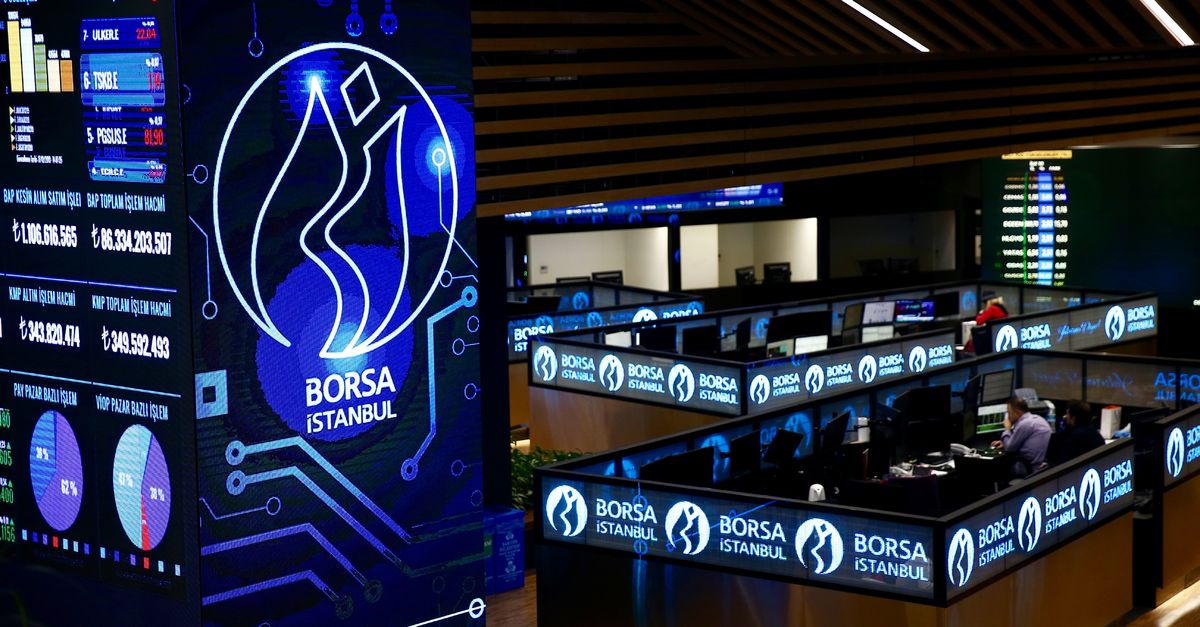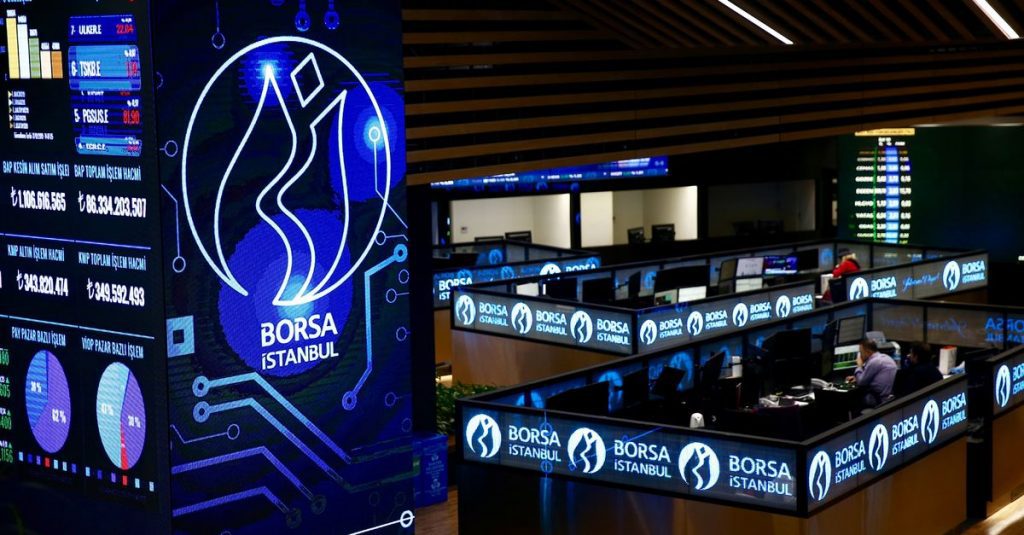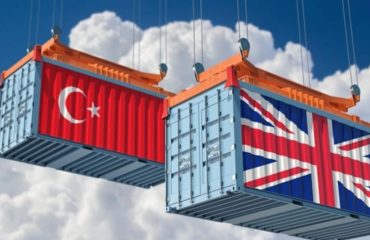

The other day I visited my old father, who had had a surgical operation on a bone fracture a while ago and stopped listening to the news bulletins since then. He says his indifference towards the news reports is temporary when asked. Out of the blue, “What is the value of the dollar recently?” asked. Despite the help of earphones, his one-century-old ears have almost hearing loss, so I both raised my ten fingers up and shouted ten. It is actually 10,40 lira as of today. I was murmuring that “luckily, the dollar remained at around ten liras for now, if it were eleven, it would be quite difficult to show eleven with my fingers”. He laughed as shaking his head, and said, “you are kidding, Şaheste has already gone to her home country.”
My father has neither foreign currency assets nor liabilities. He receives his pension in the lira. He was interested in the dollar rate because he had had an Uzbek assistant (Şaheste), whom he had paid in dollars until recently. In the last months of the pre-operation period, he had regretted the constant increase in the exchange rate, probably thinking that it would become increasingly difficult for him to make both ends meet with his pension. Just after being convinced that the lira weakened to an all-time low of 10 against the dollar, he was probably happy for the first time for his beloved Şaheste had returned to his country.
Purchasing power falls by the depreciation of the lira
Not to upset my father, I did not tell him that the cost of electricity and natural gas he uses would eventually rise due to the increase in the dollar exchange rate. Nor did I say that one of the main reasons for the constantly increasing food prices is the exchange rate increase.
Anyway, my father is relatively well-to-do. His pension is pretty well under the country’s conditions, and he does not pay any rent. He has led a comfortable life. Nonetheless, according to media reports, almost half of all workers in Turkey earn minimum wage. Each increase in the exchange rate turns into a loss in their purchasing power since inflation is rising. The minimum wage increased at the beginning of each year is constantly eroding in purchasing power as the months pass by.
For example, use the increase in food prices since food inflation concerns the minimum wage earners more. You will bump into an unpleasant picture: By the middle of this year, the purchasing power fell below that of the last two years!
The burden of eroding Turkish lira on people
This is the essential cost of inflation. Those who cannot protect their incomes against inflation lose out. Who are they? The overwhelming majority of employees. For instance, in the high inflationary 1990s, a 10% increase in the exchange rate would have increased prices by 6% (inflation by 6 percentage points).
The economic program implemented after the 2001 crisis was successful in reducing inflation. The inflation rate, which was 70% at the beginning of 2002, dropped to single digits in 2004. In this process, the reflection of a 10% increase in the exchange rate on inflation fell below 1.5 points. However, in 2018, the scourge of inflation resurfaced. The impact of the depreciation rate on the inflation rate would rise and return to the level of the 1990s is a risk. Therefore, the essential burden of the exchange rate increases is unfortunately taken by those who cannot protect their incomes against inflation.
Not only the minimum wage workers suffer but also those who have debt in foreign currency. Those whose foreign currency liabilities more than surpass their foreign currency assets must have been quite problematic lately. There are models developed to explain economic crises. Third-generation crisis models are based on the balance sheet weaknesses of the corporate sector and/or the financial sector.
What does the book say?
Let me briefly quote from the last chapter of my book titled Monetary Economics: Theory and Policy:
“Economic agents whose foreign currency liabilities are much higher than their foreign currency assets will face significant problems under these circumstances since their debt in terms of domestic currency will increase. If a noteworthy part of these sectors does not have foreign exchange revenues, their situation will be truly deplorable. The elevated interest rates will adversely affect those borrowers who have either short-term debts or debts with variable interest rates. In this increasingly uncertain environment, banks will cut their credit lines. Consumption and investment will fall sharply. Thus, economic activity will decline, and massive layoffs will begin. The consumption expenditures of the unemployed will decrease. The economic activity will contract further. The cash flows of companies will deteriorate tremendously. They will not be able to pay their loan debts to banks. Banks will struggle to survive.”
How did we get into this situation?
It is crystal clear how we got into this situation: There is a chaotic monetary policy. The Central Bank claims that it aims to fight inflation. However, interest rates are cut when inflation follows an upward trend, and a series of indicators show that this path will remain intact in the short term. What indicators are they? First, commodity prices are rising in international markets. Second, central banks of large developed countries are more likely to tighten their monetary policies. For example, it is said that the US Fed would bring the interest rate hike process forward, as inflation concerns have widespread in the US. This means upward pressure on the exchange rate and consequently on inflation in countries like ours.
Under these unfavorable conditions, if the interest rate is significantly reduced, it is clear that the exchange rate will jump.
The November 18 meeting
It is a difficult question. Since the Central Bank cut its policy rate considerably several times in such an environment, it becomes apparent that, contrary to what is said, the primary purpose of monetary policy is not to reduce inflation. Here it becomes obvious why the question is challenging to answer. There is no anchor.
Because of that, all eyes are on the Monetary Policy Board (PPK) meeting of the Central Bank on November 18.
Tightening monetary policies by major central banks will put upward pressure on the exchange rate. So will the difficulties we may encounter in foreign policy because of Syria. In a country with monetary policy lacking an anchor, the currency will probably continue to depreciate. Those who did not believe have already experienced it day by day.
Nevertheless, we do not know if those policymakers who think that they have been doing well to the economy by constantly lowering interest rates in this unfavorable environment have changed their minds or not. If they have not, what would happen is quite visible from what we have been through in the last few months.


